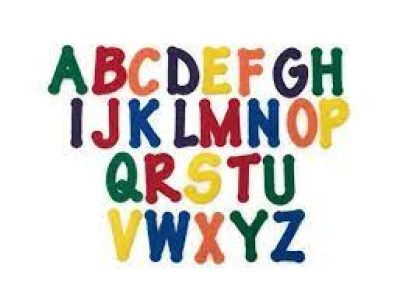Introduction:
Grammar can often seem like a daunting subject, particularly for students who are just starting to learn the nuances of language. Many traditional teaching methods may not resonate with all students, leaving them disengaged and uninterested. However, incorporating hands-on grammar games into your lesson plans is an effective way to make learning grammar fun and enjoyable. Here are 15 engaging grammar games that will help students grasp language concepts in an interactive and entertaining manner.
1. Grammar Bingo:
Create bingo cards with various grammar concepts (nouns, verbs, adjectives, etc.) written in each square. As you call out examples that fit the criteria, students will mark their squares until someone gets a bingo.
2. Noun/Verb Charades:
Have students act out different nouns or verbs while the rest of the class tries to guess what word they are portraying.
3. Mad Libs:
This classic game can be adapted for grammar learning by having students identify and fill in the blanks with the appropriate parts of speech.
4. Sentence Scramble:
Cut up sentences into individual words and have students race to put them back together in a grammatically correct order.
5. Punctuation Paintball:
On a whiteboard or large sheet of paper, write sentences without punctuation marks. Arm your students with markers (or paintballs if you’re outdoors) and let them add the correct punctuation marks.
6. Preposition Obstacle Course:
Set up an obstacle course and have students navigate through it while using prepositions to describe their actions (e.g., “I’m going under the table” or “I’m going between the cones”).
7. Contraction Concentration:
Create a memory game where students need to match contractions with their full forms (e.g., “it’s” matched with “it is”).
8. Adjective Art:
Have students draw pictures of various adjectives, such as colors or emotions, and share their creations with classmates who must identify the adjective depicted.
9. Synonym and Antonym Match:
Create matching cards of synonyms and antonyms and have students race to connect them correctly.
10. Prefix/Suffix Detective:
Give your students a list of words and let them identify the prefixes and suffixes used, as well as determine their meanings.
11. Possessive Puzzle:
Write possessive noun phrases on puzzle pieces and have students match the correct possessive form with the appropriate noun (e.g., “the dog’s bone” matched with “dog”).
12. Collective Noun Gallery Walk:
Display sentences that contain collective nouns around the classroom. Students walk around, reading the sentences and identifying the collective nouns as they go.
13. The Adverb Acting Challenge:
Have students act out adverbs while their classmates try to guess the specific adverb portrayed.
14. Grammar Jenga:
Label individual Jenga blocks with parts of speech or grammar rules, and have students practice those concepts as they play the traditional game.
15. Verb Tense Timeline:
Using a long strip of paper, create a timeline with past, present, and future markers. Students place provided verbs in their correct tense positions on the timeline.
Conclusion:
Harnessing play, creativity, and competition in these hands-on grammar games can create an enjoyable learning environment for students. Not only will they be more engaged in learning grammar principles, but they will also develop a better understanding of language concepts while having fun.





